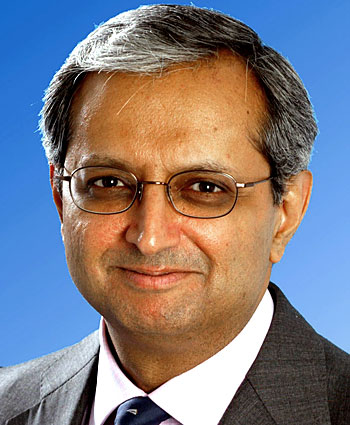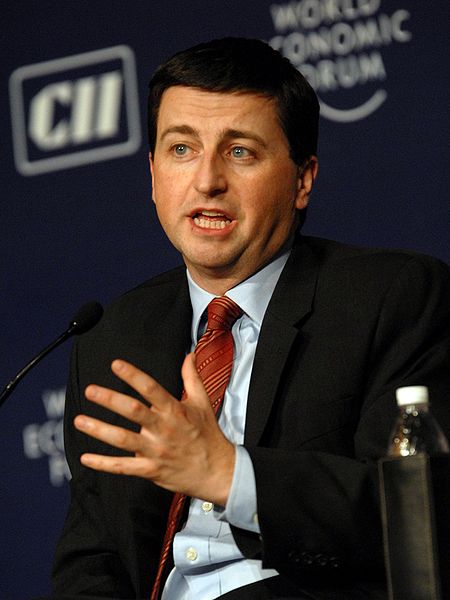Are aid agency heads chosen for their looks?
A new NBER Working Paper finds that corporate CEOs are better looking than others, i.e. non-CEOs of the same general demographic. Specifically, they look more "competent" to observers than the control group of non-CEOs. This is the latest installment on the "economics of beauty" literature, which finds that looking good pays off in economic terms in many surprising ways. Since Aid Watch can never resist a crazy notion, this gave us the idea of running a test of this fascinating hypothesis applied to private CEOs vs. executives of aid agencies. So here goes: which of the leaders in these pictures looks more competent?
Oh, I forgot to mention, the authors of the NBER paper could not find any evidence that the better-looking executives really WERE more competent. But there must be SOME reason the market recruits the good looking. An old theory suggests that firms engage in costly signaling behavior to commit to quality for consumers, such as spending on plush offices that it can only afford if the firm does indeed deliver quality products and has high sales and profits. If you are going to redecorate the office, why not redecorate the CEO also?
Who did you pick above? Their real identities (clockwise from upper left) are: Robert Iger, the CEO of Disney, Vikram Pandit, CEO of Citi, Supachai Panitchpakdi, UNCTAD Secretary-General, Irene Rosenfeld, CEO of Kraft, Helene Gayle, head of CARE, and Douglas Alexander, Head of British Department for International Development.
Actually, EVERYBODY here looks pretty good compared to the rest of us. So this completely unscientific exercise is suggestive that heads of aid agencies also are partly chosen on their looks.
After laborious attempts, Aid Watch was unable to come up with a comprehensive theory why this might be so. So we ask you the readers: are aid leaders really chosen on the basis of their looks, and if so, why?
 From Aid to Equality
From Aid to Equality






